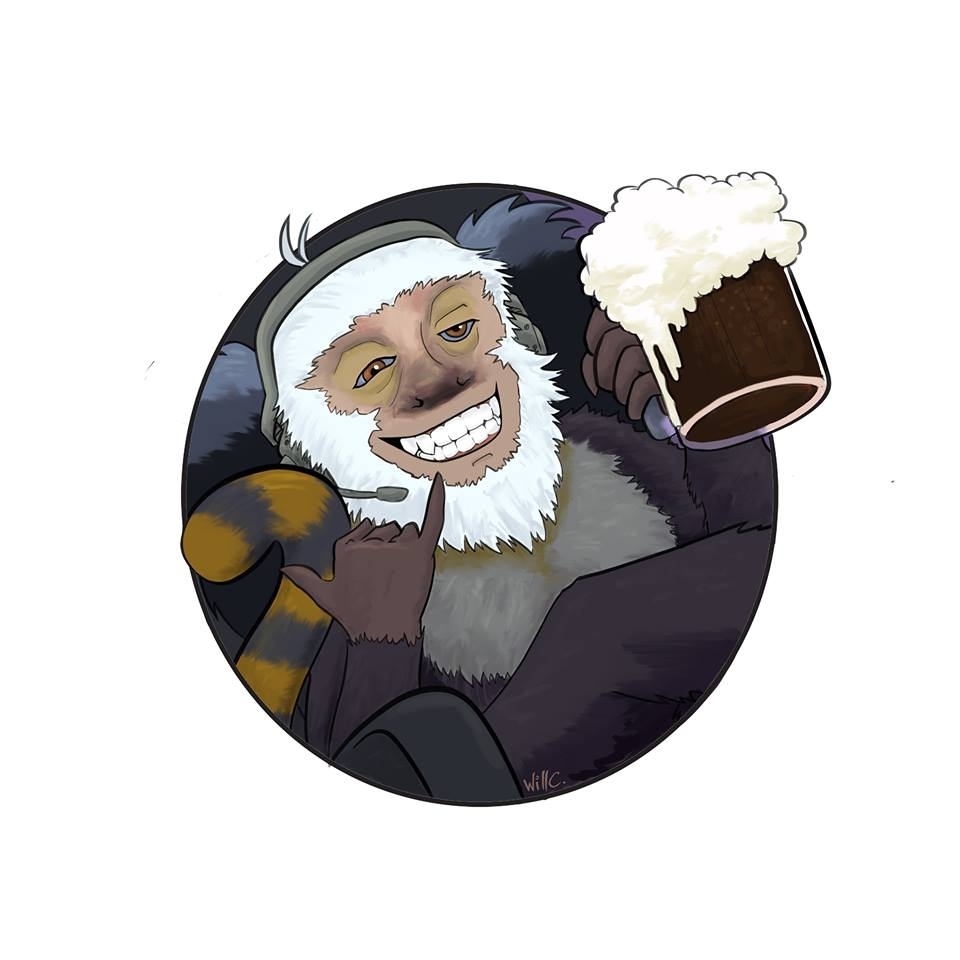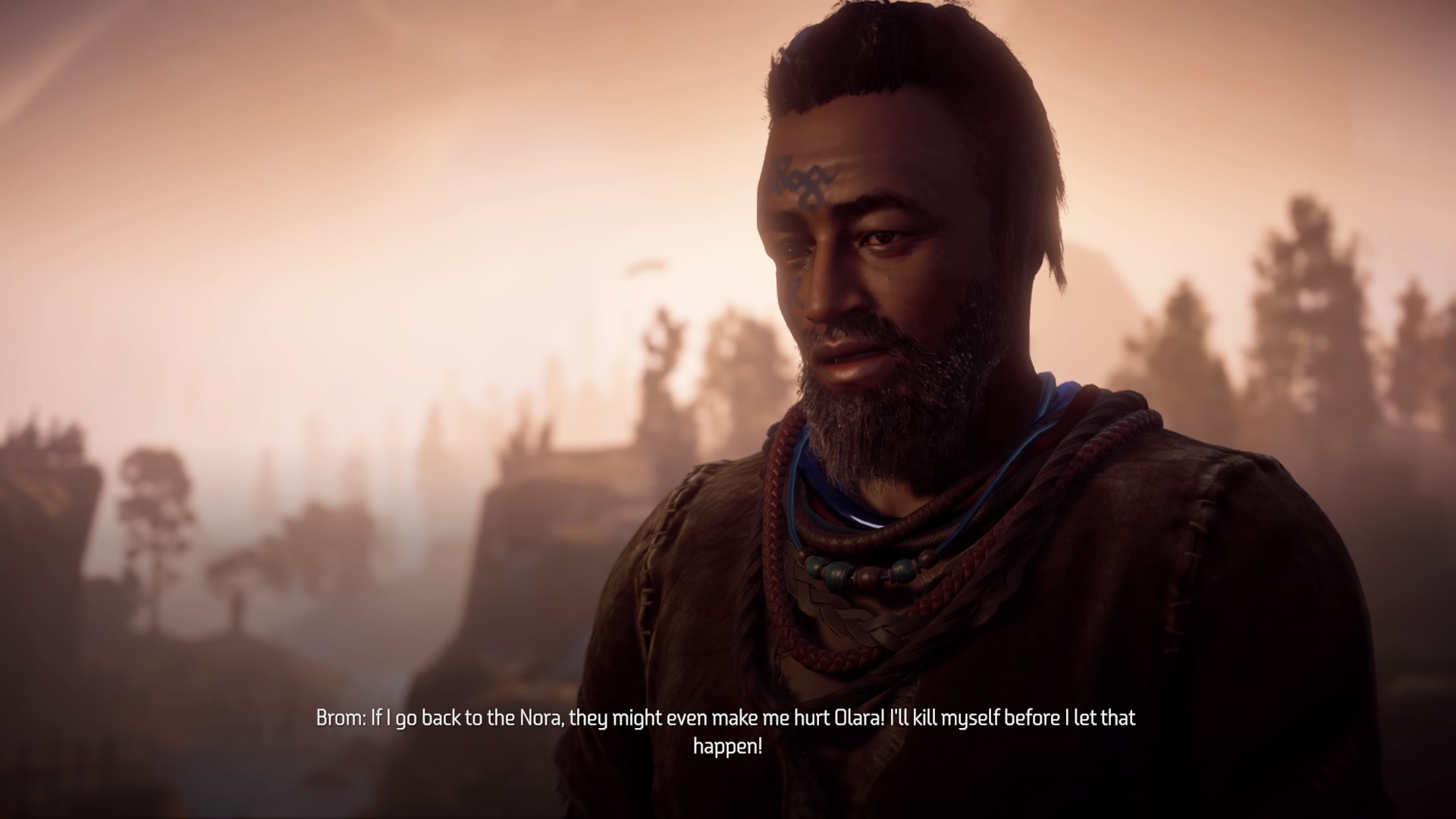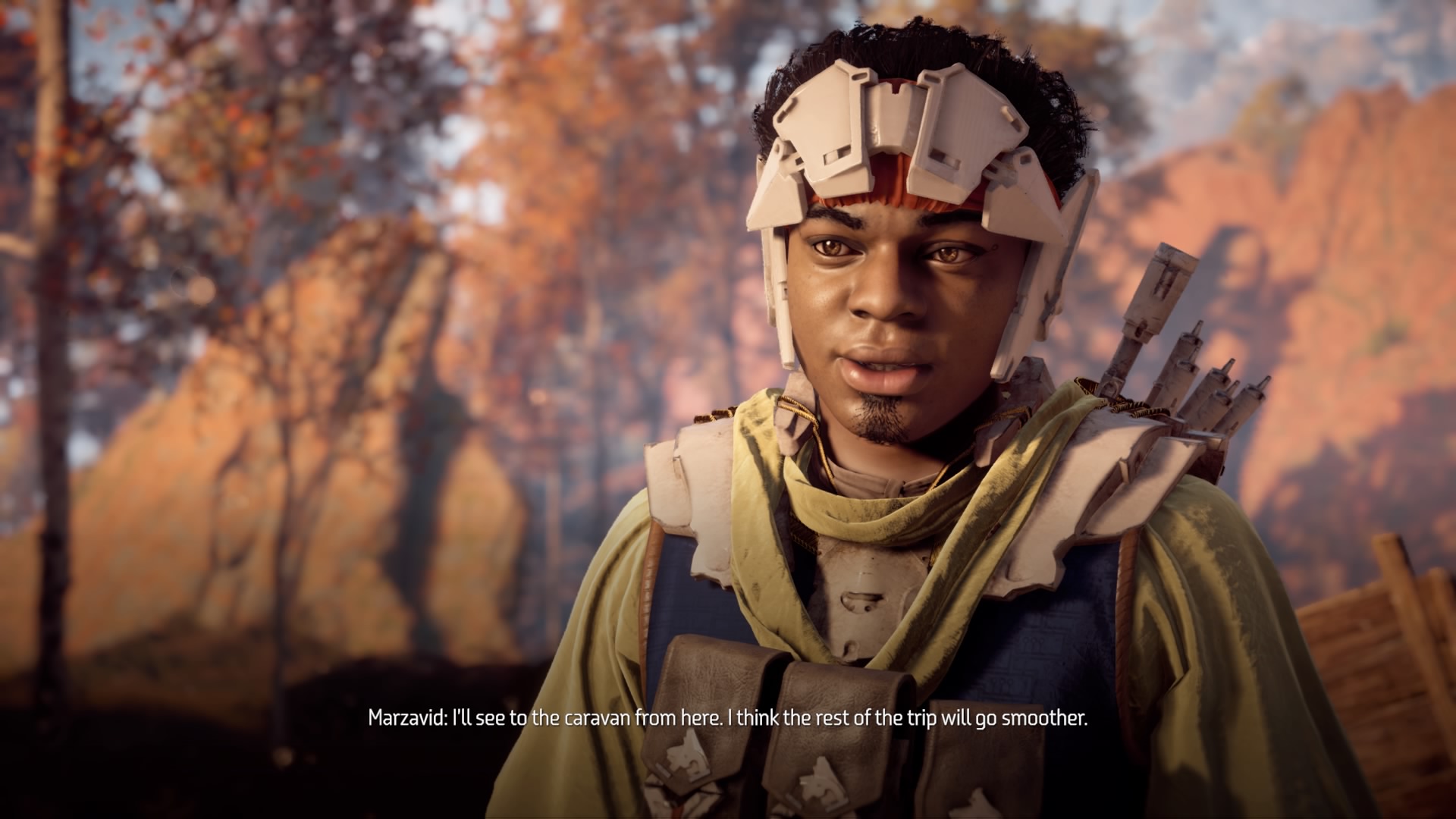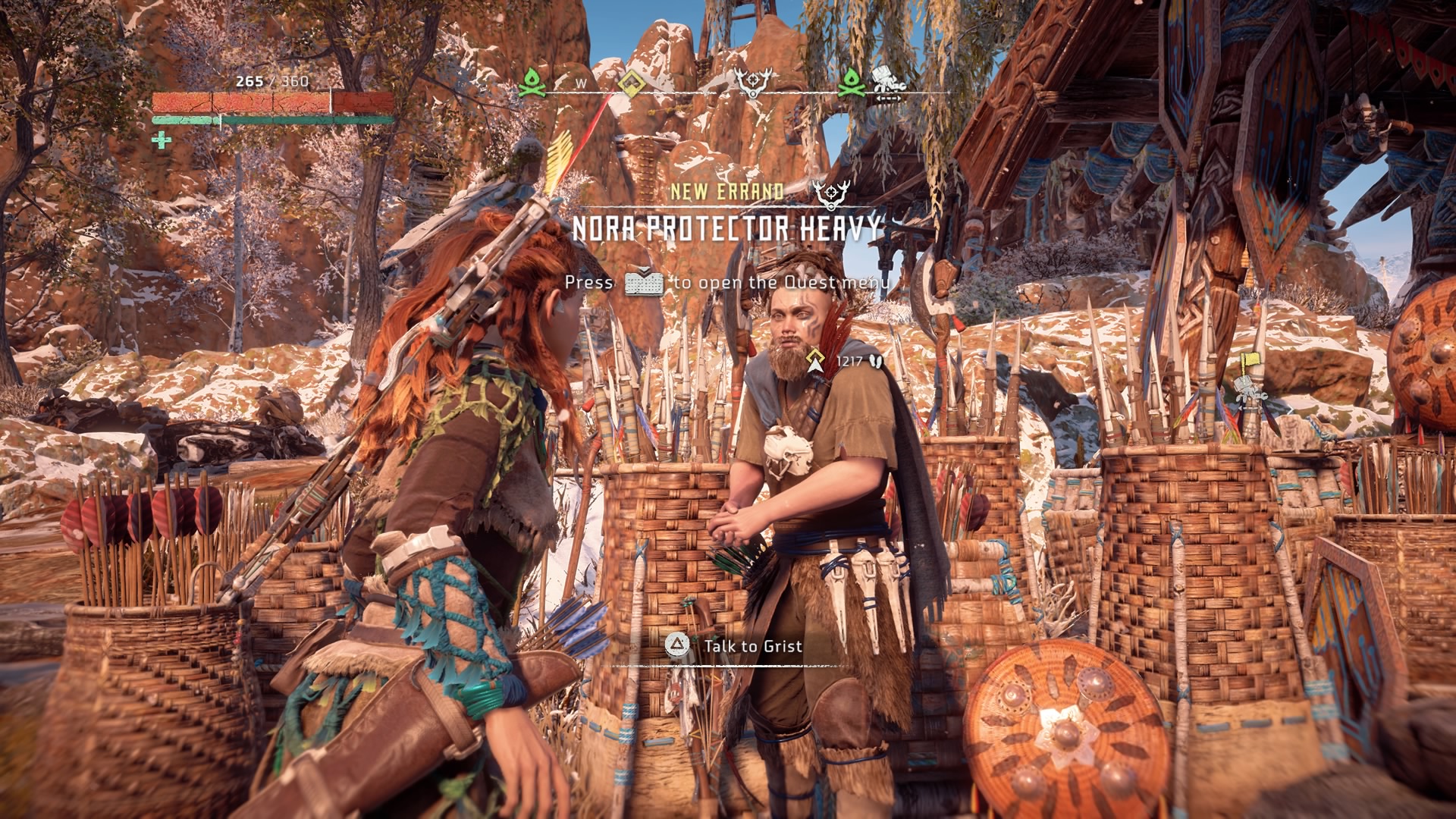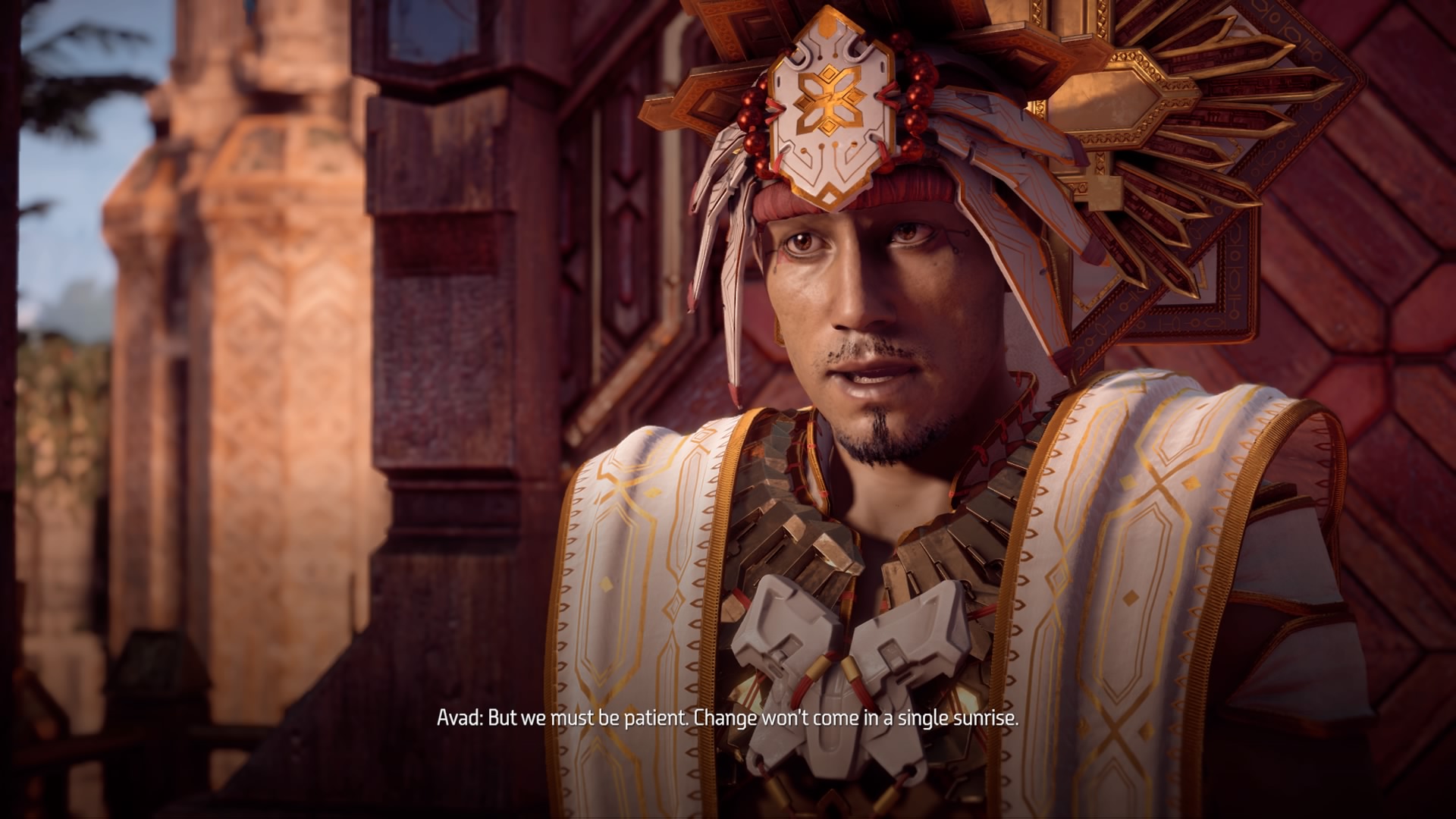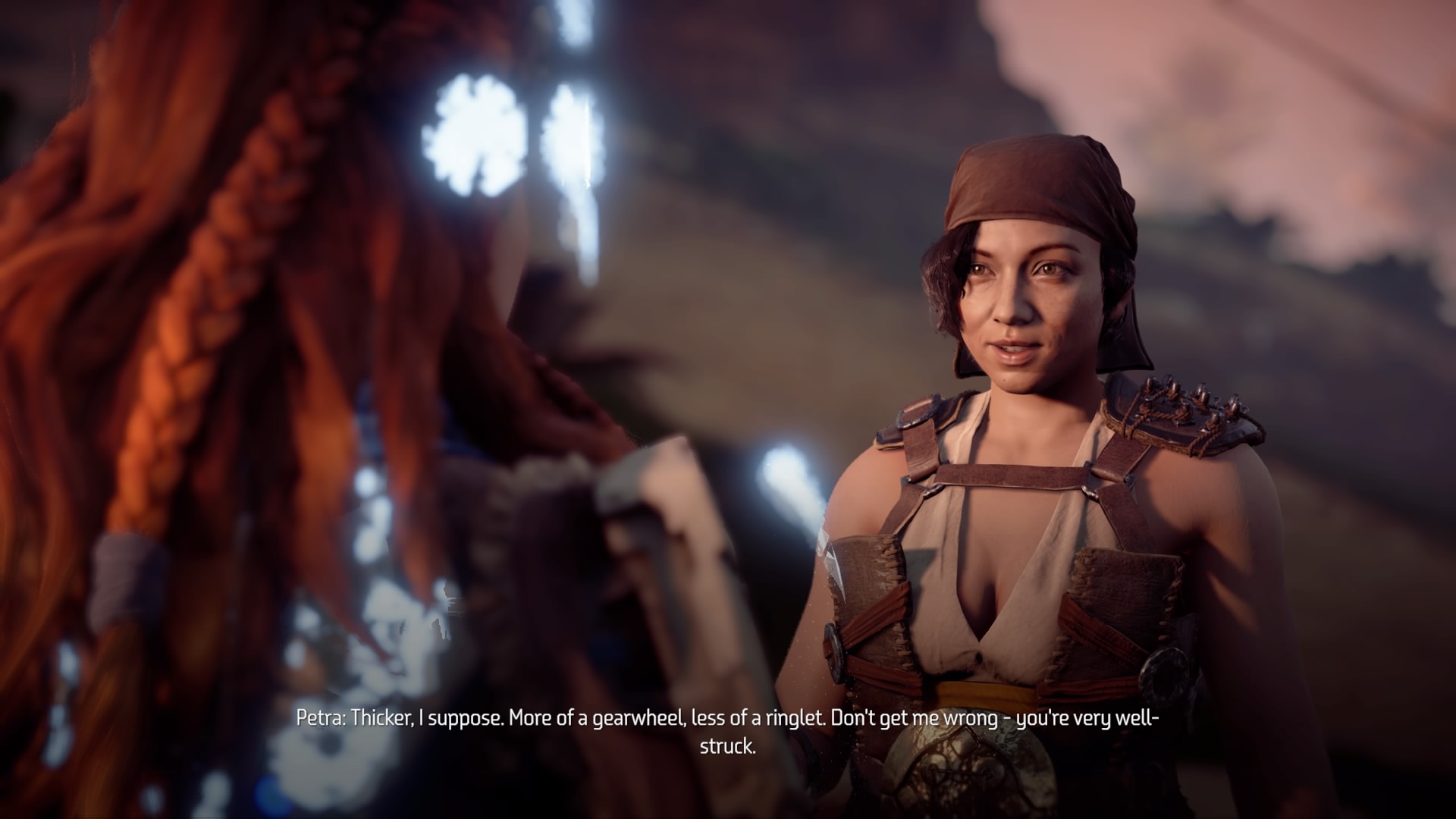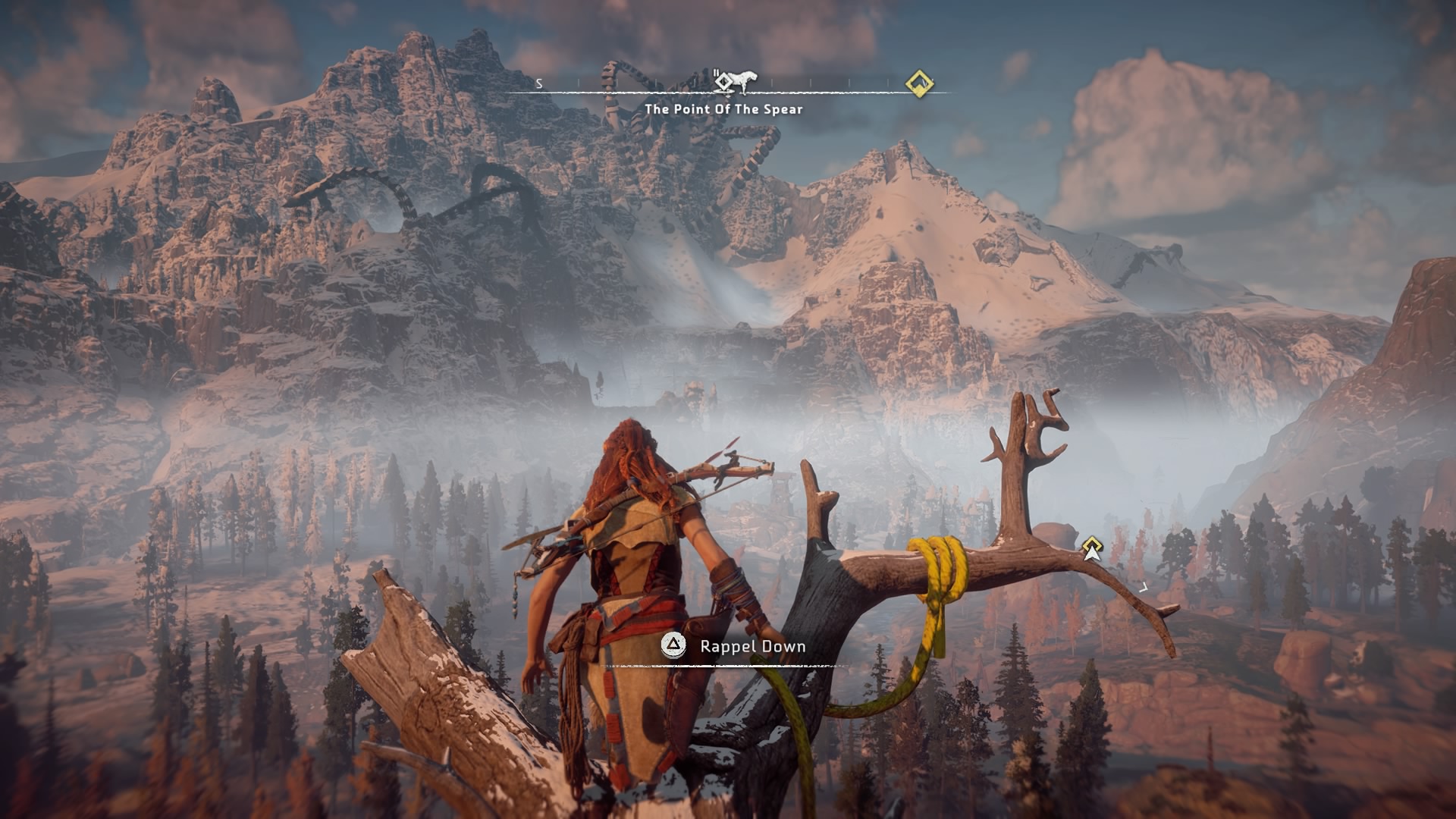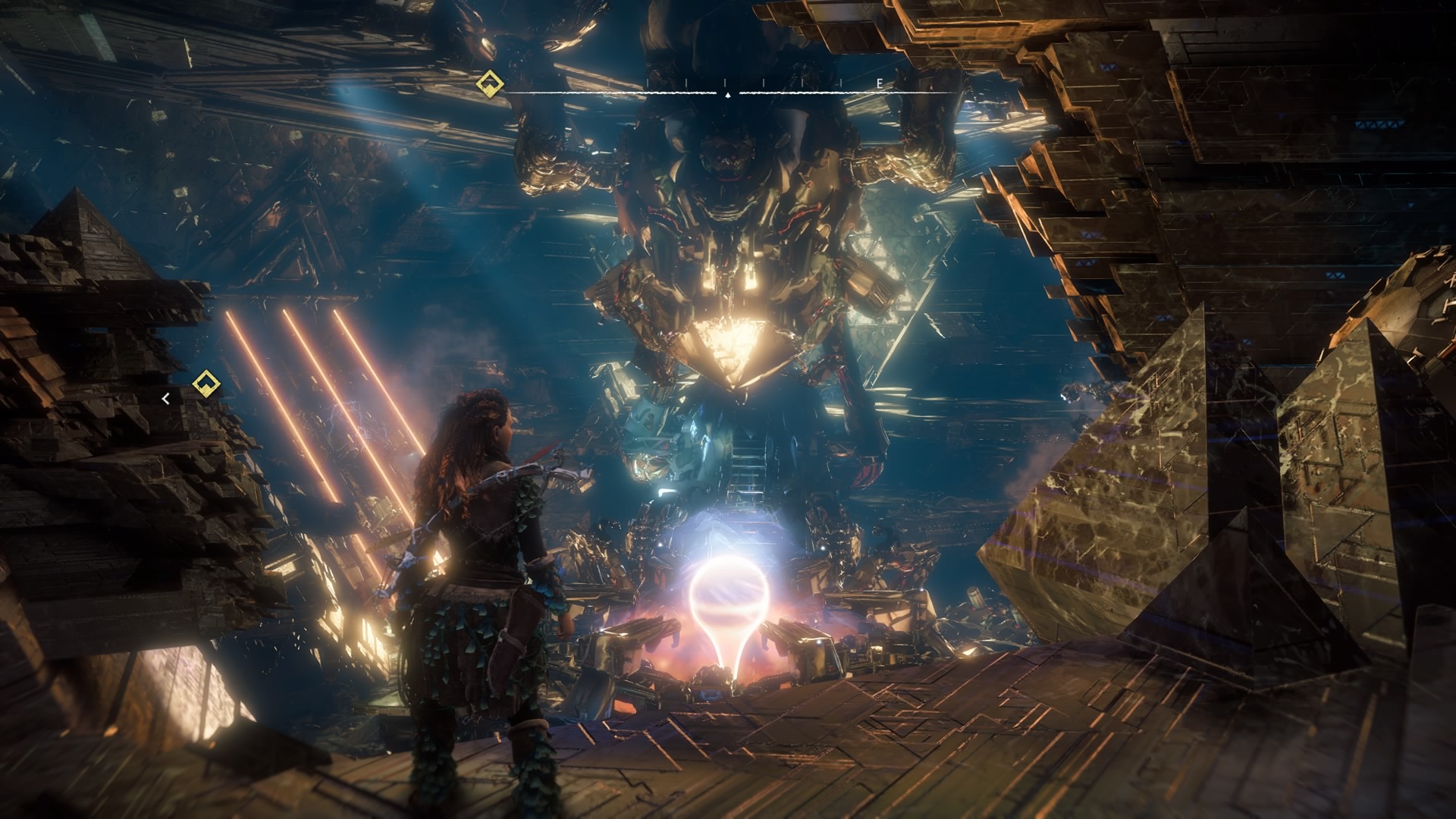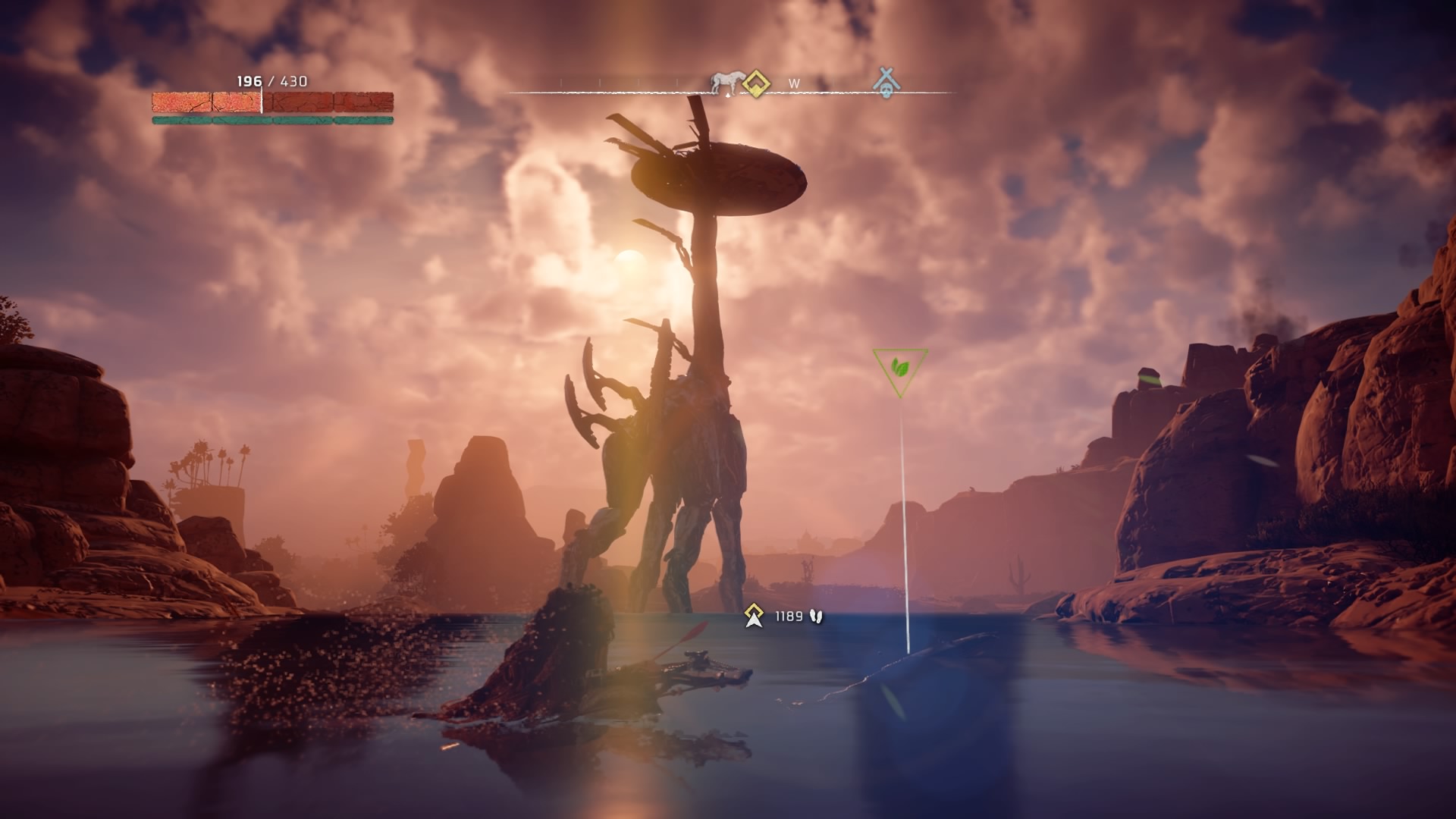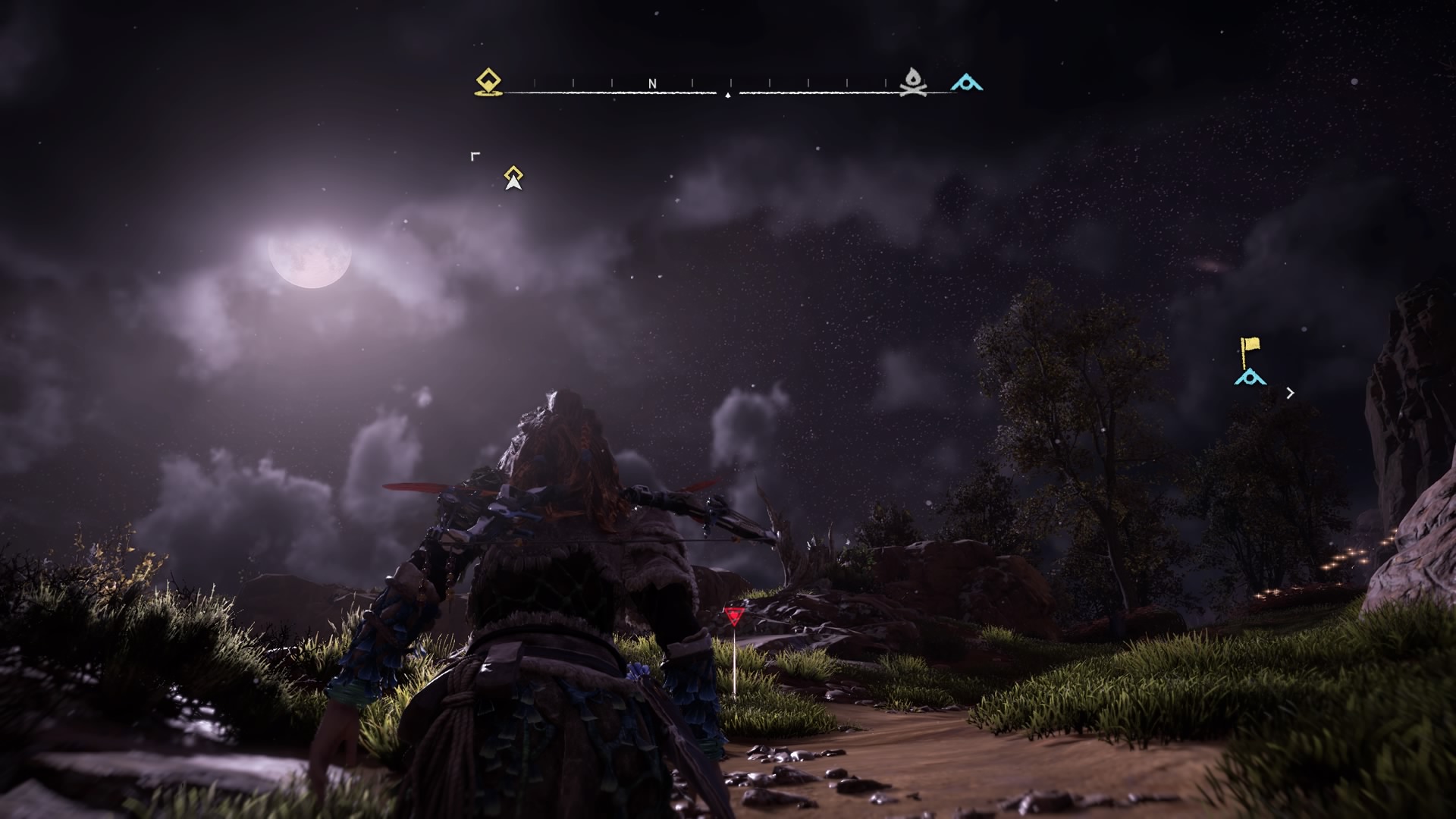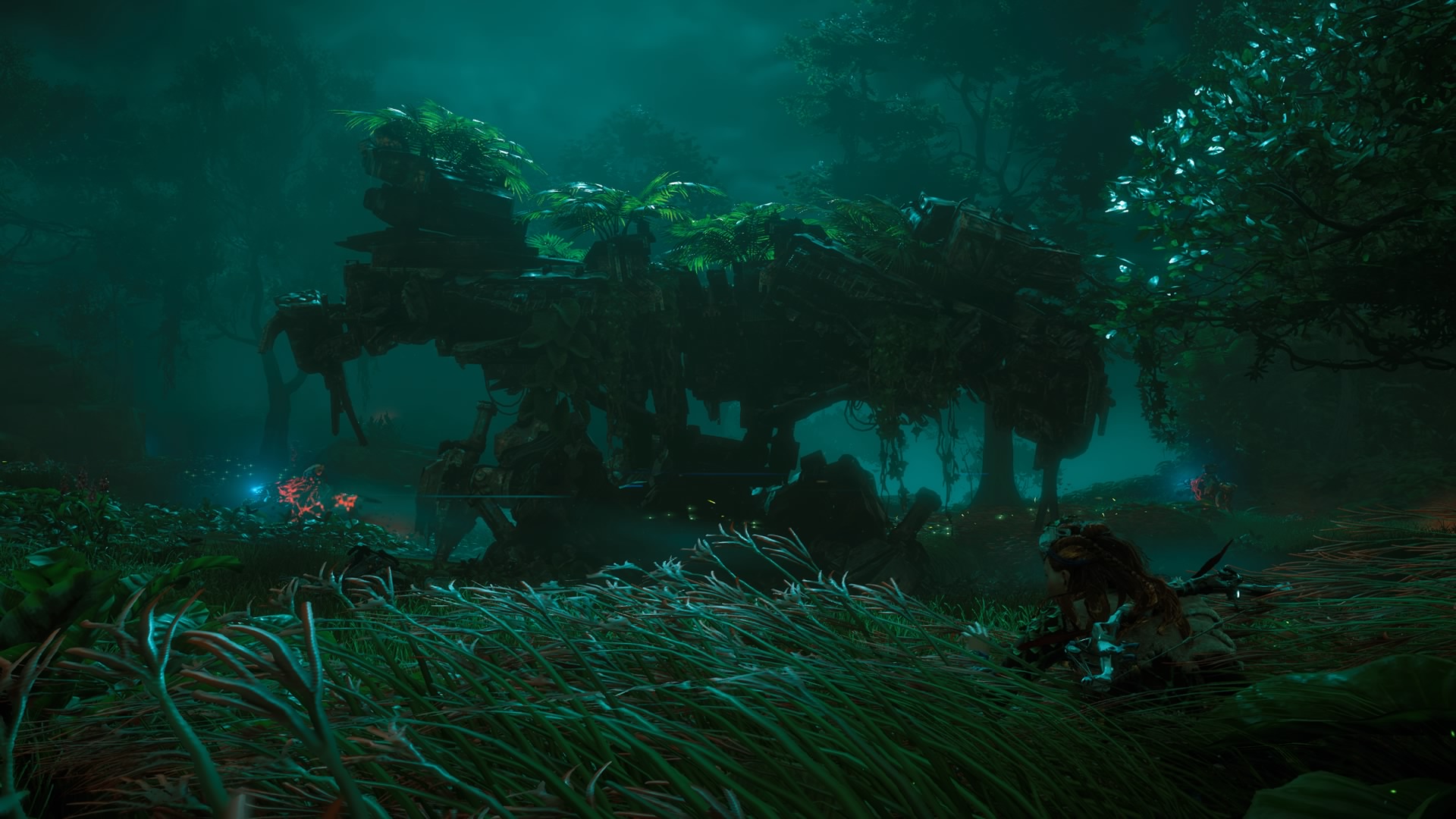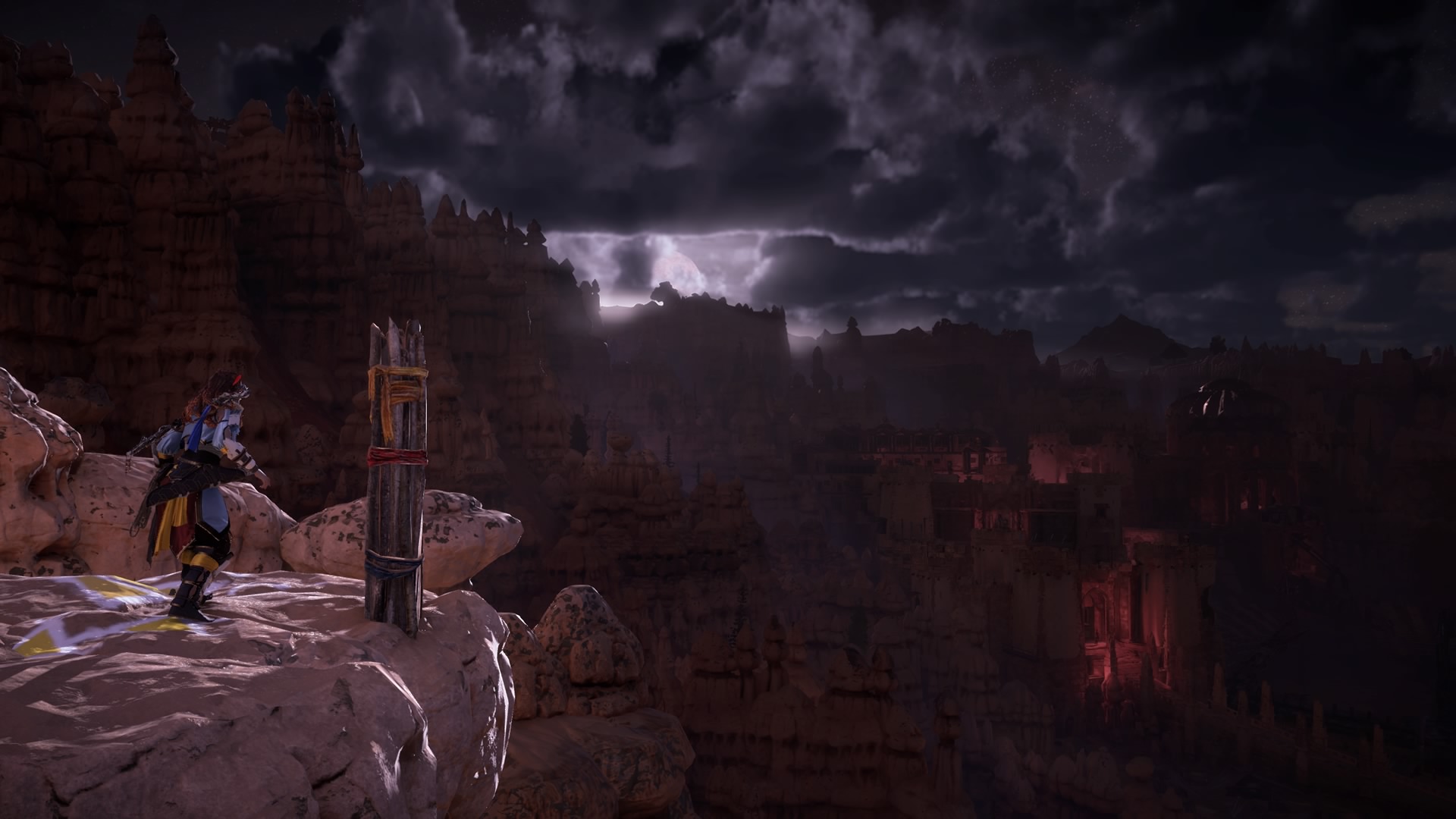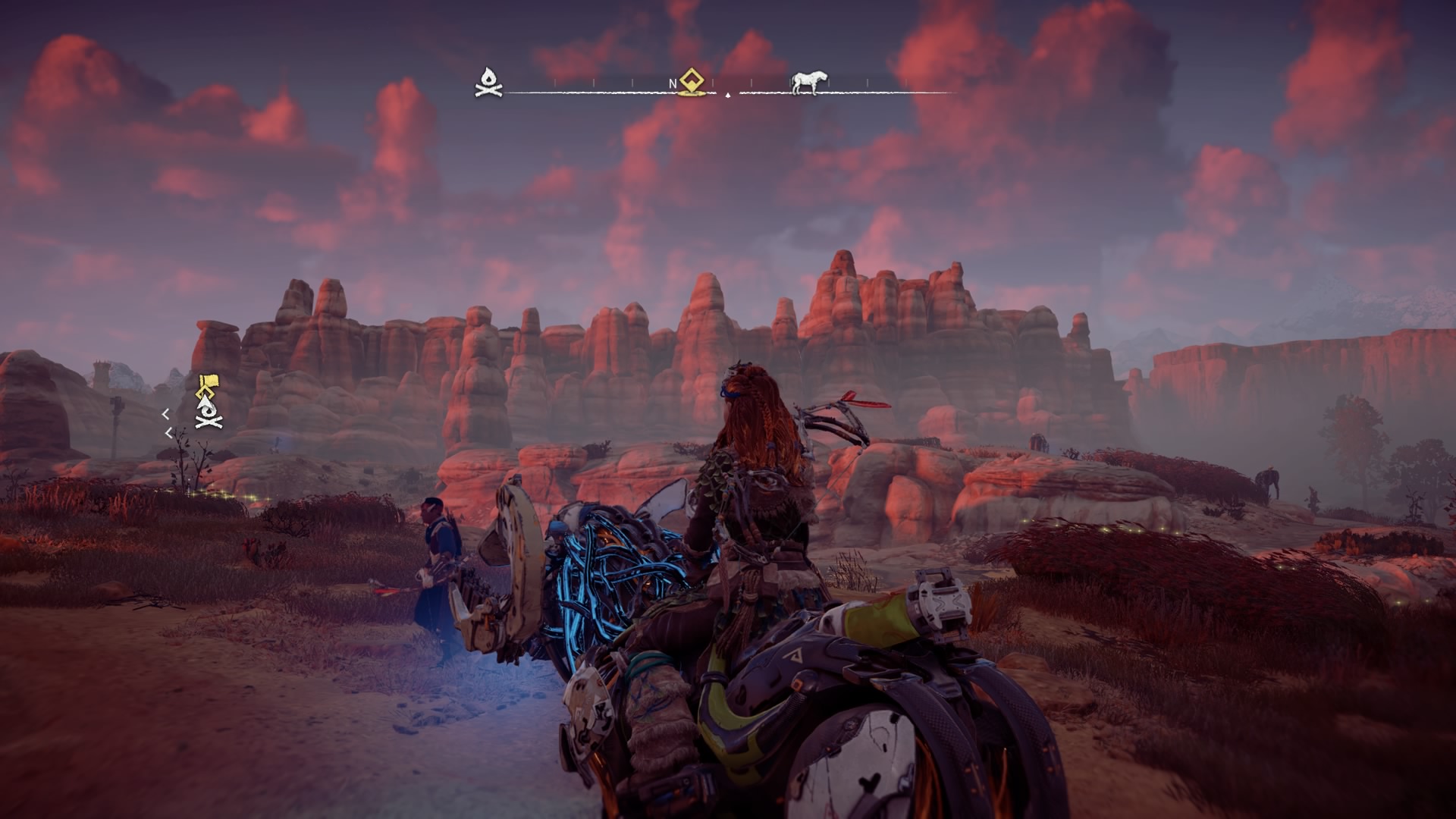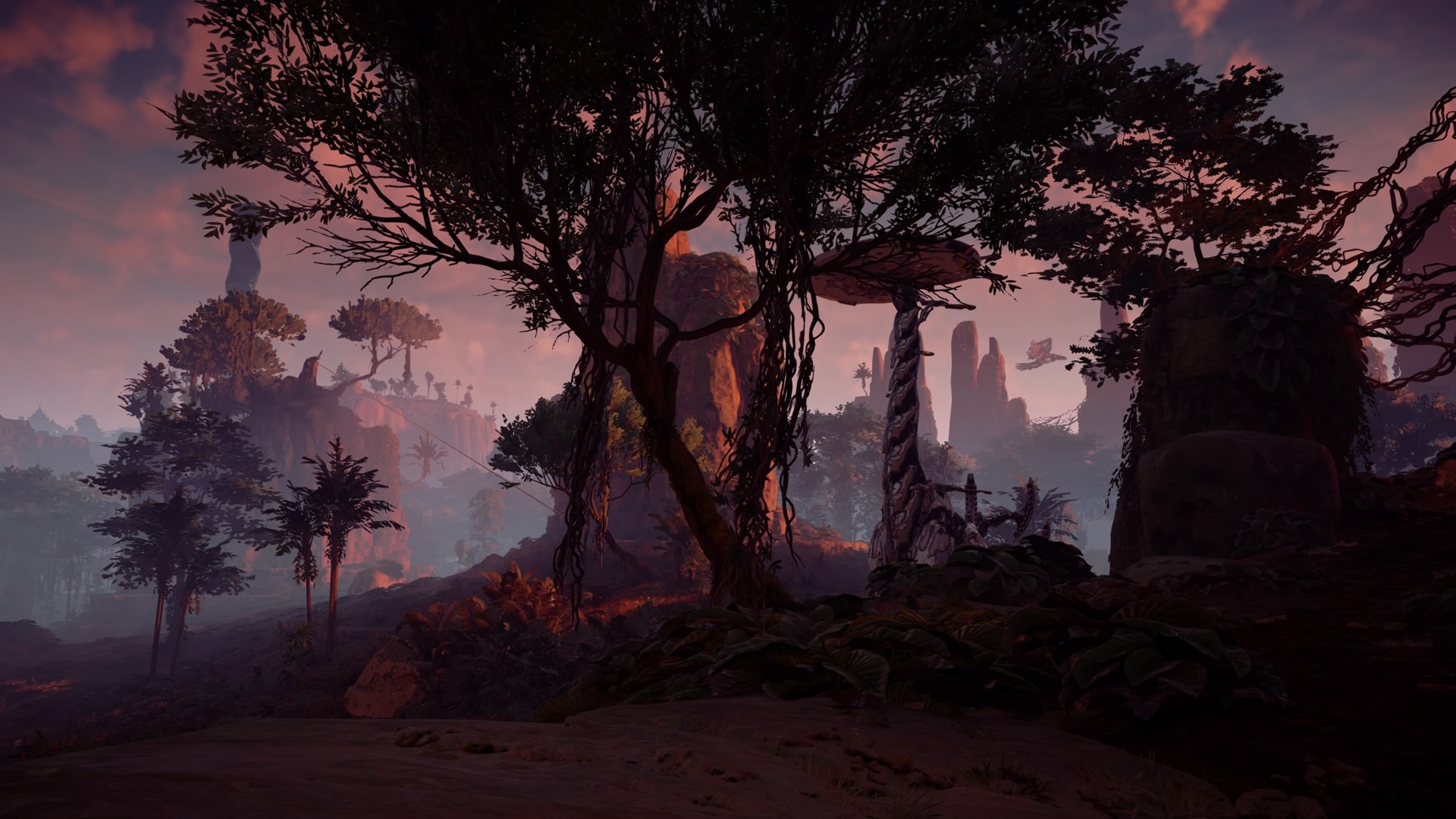Horizon: Zero Dawn
/I've never thought that the post-apocalypse or robots could be beautiful. The post-apocalypse usually presents a bleak world with constant reminders of a great time that was, and robots are usually either cool or scary. Cormack McCarthy's The Road, Bethesda's Fallout series, and Mad Max and Terminator fiction depict terrifying, bleak worlds wrought by man's folly, sometimes with militant, sleek, or utilitarian robots. Horizon: Zero Dawn (HZD) is a new entry into this mythos, but it depicts a picturesque post-apocalyptic wilderness populated by awe-inspiring, graceful robotic animals, a notion that immediately begs investigation. Developer Guerilla Games, most famous for their first-person shooter series Killzone, has artfully crafted this third-person open-world adventure for PS4, and though it is completely new territory for the veteran studio, they have crafted an experience that is deep, gorgeous, and an absolute blast to play.
Horizon: Zero Dawn is about a great post-apocalyptic science-fiction mystery and a young woman’s journey of self-discovery and actualization. Not surprisingly, these adventures lead to revelations of cataclysmic circumstances, but it is Aloy’s own inquisitiveness and the lore of Horizon that really made the story enjoyable and personal. Aloy is an outcast of the Nora tribe from birth, off-limits to all social interaction by law, forced to be raised by another outcast. At an early age she decides to devote her life to finding out why she was outcast and who her mother is or was, which is directly related to the fate of the world. Passionate, determined, and empathetic, Aloy is a strong female lead that also feels vulnerable and alone. The game’s stellar introductory sequence immediately faces players with tons of questions about Aloy and the world that she herself knows very little about, and sets the stage for an engrossing, if grim, adventure with themes of conservation, religious extremism, discrimination, and scientific and industrial irresponsibility. Make no mistake, HZD is as much about human nature as it is about fighting robot animals.
I loved the heavy and grim main storyline, but HZD is also filled with many smaller stories through side quests that add even more depth and substance to the world. These auxiliary tales and explorations flesh out the populace of differing tribes, their cultures, religions, and their problems within the context of the greater conflict taking place. I really appreciated these finer touches: helping a sister find and save a mentally disabled brother, uncovering a vengeful plot to kill a monarch, tracking stolen medicinal herbs to ease the pain of a dying warrior. Better, none of these asides were as straightforward as they seemed at first; nothing ever felt like a simple fetch or enemy elimination quest, and they were never as simple as enemies attacking a settlement "just because." I was always happy to explore these extra narrative avenues
I was happily surprised by HZD's diversity in its population and the stories surrounding that diversity. There are more LGBT characters than I've ever seen in a game, and their stories of love, loss, or struggle lent the narrative intimacy. Their presence in the world, as text or audio logs or non-player characters (NPCs) enriches the experience, though I would have liked more depth in these instances. For example, a long dead traveler leaves a journal behind in memorial for his partner, or a female prison warden rises in a male-only system while demanding to be treated as a man, but these characters don't openly declare their identity as LGBT, nor is that nature (what it means to be who they are) really explored. It's a step in the right direction for diversity in games, but diversity is about more than just featuring different kinds of people. I applaud Guerilla for being one of the few games that have maturely approached these topics, and hope they can do so more meaningfully in the future. This topic deserves far more attention, but we'll have to explore it in depth in another article, so stay tuned for now.
HZD is a blast to explore and discover in large part due to its visuals. This game is breathtakingly beautiful. I caught myself admiring awe inspiring vistas, the light of the moon streaking through clouds and reflecting off lakes, the light of a setting sun bathing a towering, walking machine amidst shimmering rivers and red mesas. From woodland to snowy mountain, sandswept desert to jungle, I couldn't help but stop to appreciate the vibrant, gorgeous, and detailed world Guerilla constructed. In all this remnants of the old world sit like tombs, covered by overgrowth and neglected. Rusted and crumbling, mechanical wrecks and toppled buildings constantly hint at a past civilization, contrasting the technical and pastoral. Even unpredictable weather patterns like overcast skies, sand, snow, and rainstorms brought the world vividly to life. Every aspect of the various environments was a wonder to behold, and its fitting that what you can do within them is so much fun.
Most of HZD’s experience is spent in combat, which is fortunate, since it is sharp, varied, and a truckload of fun. Robotic creatures are covered by removable armored plates, and have distinct parts that act as weakpoints. Remove parts and a robot loses certain functionalities and attacks, like belching flames or long-range strikes. Different damage types, elemental status effects, and weapons give a plethora of options for dealing with enemies that are much faster, stronger, and larger than Aloy. Creature designs are rendered beautifully and animations are remarkably fluid, so combat feels that much more engrossing and intense. Discovering each new creature is exciting in itself without even hunting them. Figuring out the best ways to bring down each creature is a load of fun, and it just helps that they're so darn pretty.
Less could be said about human enemies. These encounters aren't as engaging as robotic melees because human targets feel less threatening on the whole; headshots take them down pretty quickly, they are easy to sneak around and take out without much fuss, and in combat they either take cover to trade shots or rush with reckless abandon. This isn't to say they aren't a threat, they can easily overwhelm, and elite humans with heavy weapons pack a serious punch, but humans just don't have the presence or require the thought that robotic enemies do. Many of these encounters involve liberating camps and their tied-up hostages, similar to other open world games like Crytek's Far Cry. If the player is detected, the enemies can set off an alarm that will call reinforcements, so sneaking in and taking out the alarm quietly is a priority. Like hunting robots, these segments require a bit of planning, but never felt too difficult. Thankfully, human encampments aren't numerous and don't require much time, so these sections feel like good changes of pace rather than detrimental slogs. Some combine human and robotic units in fun ways, and it was intriguing to mitigate the two sources of danger.
I learned early in the game that it doesn’t take much to die, and using the wrong weapons and ammunition can prolong a fight, if not make it impossible. Running into the fray without knowing the enemy’s weaknesses can make it much, much tougher. Thankfully, Aloy has a Focus, a device similar to a bluetooth that allows her to interact with machines in old ruins and, more importantly, scan her surroundings and mechanical enemies. I loved hiding in tall grass, sneakily scanning new machines to see where their vulnerable parts are, taking note of damage-type and elemental weaknesses, and then choosing the right weapons and planning my attack. Stealth is smooth and enjoyable, with just the right indicators to warn you of detection, and the Focus even allows players to tag enemies and display their patrolled pathways. Some robotic enemies can call other machines once they detect you, but they also tend to be weak enough for a stealth kill, so prioritizing targets is just as important as knowing their weaknesses. Some of my favorite moments were when I was detected and a herd of nearby enemies quickly crowded me, causing me to change my tactics on the fly. I appreciated the combination of intense action and flexible strategy that HZD offers.
Like many open-world games, managing resources and collecting objects is fundamental. Those parts you removed from the backs and underbellies of robotic beasts? They can be picked up, and more supplies are harvested from robot bodies. Wildlife like boars and foxes can be hunted for bones and meat, and many plants can be picked and collected. All these resources are used to craft ammunition, potions, traps, pouches and bags for larger inventories, to trade for metal shards, the game’s currency, and better weapons and armor. Resources are abundant, so I never felt like I had to go out of my way to collect much-needed goods, and being able to craft ammunition from a weapon wheel with the touch of a few buttons kept me focused on the action when I really needed it.
Outside of the main storyline and side quests, there’s a great deal to do in HZD. Hunting grounds offer a series of timed challenges that help mix up the gameplay. For example, some require taking down specific robots with specific weapons, or dislodging or eliminating specific parts. Their limitations and timed nature made for welcomed intense, fun distractions in a game that is characterized by openness and freedom. Corrupted zones are infected with tougher bots waiting to be cleared out. I liked the additional challenge of these tougher enemies and their unique makeup.
Finally, there are rarities to collect, often guarded by mechanical beasties or a high climb. Normally I find collectibles little more than time sinks, but I was determined to find them all because they enriched the fiction with personal stories and poetic musings. My favorites were vantage points, which, when activated with the Focus, project a hologram over a nearby landmark to show what it looked like pre-apocalypse. These are accompanied by a road-tripper’s journal, mourning both a personal loss and the end of the world. I was impressed by the extra content’s ability to enhance the experience in narratively meaningful ways.
HZD is a masterpiece. I reveled in its visual beauty, the nuances of its different fictional cultures, its fun, frantic yet tactical gameplay, and in Aloy’s struggle to come to terms with her place in the world and the challenges to save and preserve it. I welcomed the diversity, the natural inclusion of LGBT characters, and Aloy’s resistance to the oppression of those peoples, but these moments lack the depth the topics and representations deserve. At its core, the game is extremely fun to play in and explore, and I already wish I could forget everything about its world so I could rediscover it all over again.
Marmoset's Brew: like a pepper ale; bold flavor with a mighty kick, this is a brew you're always happy to indulge in all its depth, texture, and unforgetful tastiness. It's got that little something that will always make it stand out.
